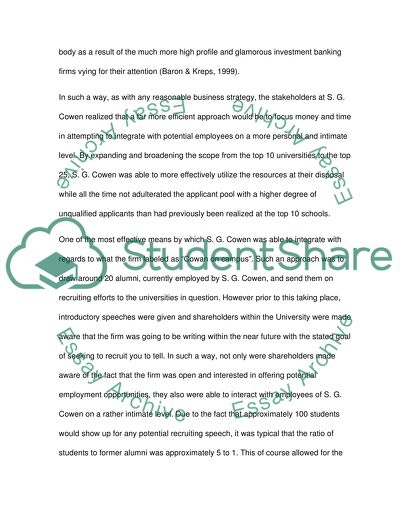Cite this document
(“SG Cowen: New Recruits (Case Analysis) Case Study”, n.d.)
Retrieved from https://studentshare.org/human-resources/1475779-sg-cowen-new-recruits-case-analysis
Retrieved from https://studentshare.org/human-resources/1475779-sg-cowen-new-recruits-case-analysis
(SG Cowen: New Recruits (Case Analysis) Case Study)
https://studentshare.org/human-resources/1475779-sg-cowen-new-recruits-case-analysis.
https://studentshare.org/human-resources/1475779-sg-cowen-new-recruits-case-analysis.
“SG Cowen: New Recruits (Case Analysis) Case Study”, n.d. https://studentshare.org/human-resources/1475779-sg-cowen-new-recruits-case-analysis.


